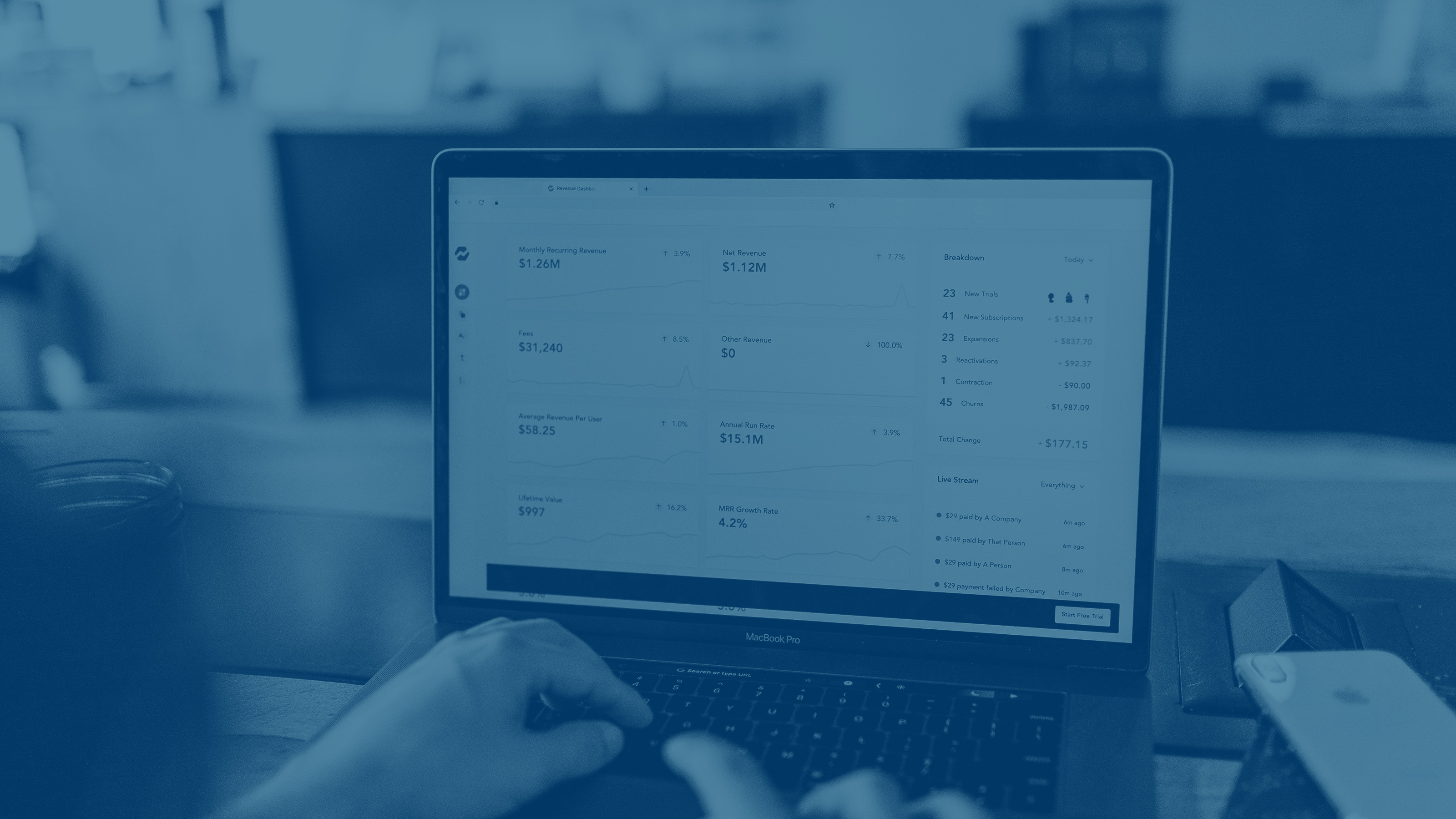Amazon PPC Strategy
As you consider launching your product on Amazon or seek to be more successful on the platform, you might find yourself with more questions than answers, including:
- What makes a good product?
- How should I price my new product?
- How much should I bid for a click?
- How do I determine my maximum ACoS?
- How should I set my campaign’s daily budget?
The goal of this article is to provide a “strategy blueprint” to help you answer these questions (and more), especially as they relate to your Amazon PPC strategy and your goal to optimize Amazon PPC campaigns. The article offers Amazon PPC tips and answers to questions commonly asked by sellers. Before we start, though, let’s discuss two important questions:
What makes a good product?
A good product has unique features, ones that are observable and relevant. If you are selling dog food, you are selling a product to a decision maker (the dog’s owner), and the taste of the food isn’t directly relevant. You’re reading this article to learn something, so while we know it’s not a topic for polite discussion, we’ll be honest anyway. What dog owners usually observe is: How is my dog’s digestion—what’s the texture, frequency, and quantity? Is my dog emptying his bowl? Does he develop skin or fur problems after consuming this food?

Don’t worry. This article is not about dog food. It is about asking the right questions. Those include: Which product attributes are observable? Which attributes are valuable to the decision maker? What price premium is a customer willing to pay for the additional benefit(s) my product offers?
How should I price my product?
Short and sweet: not too cheap. We are not big fans of price leadership, as it often leads to a negative spiral. Low prices lead to low profit margins and lower product quality. Why? You won’t earn enough to invest in research and development and, consequently, your products won’t have unique features that separate you from the competition.
When you are the quality leader, on the other hand, you build high-quality products with unique features and benefits. Added customer value enables you to charge a higher price and generate higher margins. With those higher margins, you invest in your marketing, create brand awareness, and build a sustainable business.
If you’re an Amazon seller, your Amazon Sponsored Product strategy is one of your main marketing tools. To help you find the right default bid and maximum Advertising Cost of Sale, and set the campaign’s daily budget, it’s important to understand the product life cycle.
Product life cycle and Amazon PPC strategy
There are four stages in the product life cycle: introduction, growth, maturity, and decline. To determine which specific stage your product is in at any given point, you must consider the metrics of both revenue and profit development. The length of a product’s life cycle is closely related to its product category. For example, smartphones clearly have a shorter life cycle than office supplies because of rapid iterations and developments in technology, design, and user experience.

So what are the specifics in each stage of the product life cycle? And how should you use them to optimize your Amazon PPC campaigns?
Introduction stage:
In the introduction stage, a new product is introduced into the marketplace. You are typically starting at zero page visits and zero sales, so the goal is to generate some initial traffic and sales. To generate this traction, you should:
1. Set a high default CPC
A typical average CPC is in the range 30 to 40 cents, so at launch it is advisable to set the default CPC to 60 to 75 cents. If your product category is very competitive or if your product price is more than 100USD, you could go even higher, but the maximum CPC shouldn’t be more than 1.5USD. Be aware that a high default CPC usually leads to a high average CPC and, consequently, a high ACoS. While the focus of the introduction stage is on reach—not profitability—you shouldn’t be too aggressive. Be sure to consider the net margin of your product and your financial resources.
2. Set a high max. ACoS
The max. Advertising Cost of Sale is the key variable in the bid management process, and it is high when it is close to (or even higher) than your profit margin.
3. Set a reasonable daily budget for your campaign
Remember, the goal is to generate meaningful traffic, which means more than 50 clicks per SKU per day. To calculate the required daily budget, multiply your average CPC by the number of clicks you want to generate.
Many sellers set an extremely aggressive default CPC (~2USD) while setting the daily budget very low (10USD). These campaigns generate just a few clicks per day at a bad (very high) ACoS. With just a few clicks per day, you won’t have the reach to generate meaningful sales. Don’t make this common mistake. If your budget is very limited, reduce the default CPC to ~0.3. Yes, this will reduce your expected reach, but you can counteract this (up to a certain point) by adding more relevant (long-term) keywords to your manual targeting campaign.
The same strategy applies to Product Display Ads, Headline Search Ads, and external traffic sources such as Google, Facebook, Instagram, and others. Try not to dance at too many weddings at once, especially when you’re a beginner. Instead, focus on Amazon Sponsored Products initially and use the performance data you generate to create much more efficient Headline Search and Product Display Ads further down the road.
Growth stage:
In the growth phase of the product life cycle, quality leadership products usually face limited to no competitors. Because of this, the focus for your Amazon PPC strategy should be on further increasing your traffic and sales, while also selling your product at a healthy price. Doing so will help you ultimately optimize Amazon revenue. What does success mean concerning your PPC parameters?
- The default PPC should be above average but not extremely aggressive.
- Regarding max. ACoS, your goal should be at least breakeven; generating your first profits is even better.
- Manage your campaign’s daily budget carefully. Check your daily ad spend. When the defined budget limits your reach, increase your budget but remain reasonable. Conversion rates and keyword market prices (CPCs) fluctuate, so even if your campaigns are profitable today, they might not be next week. Your campaign’s daily budget provides a safety net that limits your losses in case your KPIs deteriorate.
Maturity stage:
As a product matures, it attracts more competition. Initially, your market share—and revenues—may be unaffected, but as similar products are introduced, your product pricing will come under pressure. To continue generating profit, it’s crucial to bring efficiency to your marketing. With a mature product, your Amazon Sponsored Product campaigns should:
- Have collected sufficient click-data so that the majority of your traffic is generated by keywords for which you are managing your bids by performance.
- Decrease your default CPC so that keywords with insufficient data for the bid management process are, on average, profitable nevertheless
- Manage your target ACoS based on your sales and profitability goals. While it can be hard to sacrifice sales for profitability, the focus has to be on profitability in the maturity stage.
Decline stage:
At this point, you must either innovate your product or create a completely new one. No matter your chosen strategy, your goal is to initiate a new product life cycle. The two most common options are:
- Relaunching your product with new variations in color, taste, size, ingredients, or technology
- Expanding by launching your products in new markets. If you are selling in Europe, you can sell your products in Germany, Spain, France, Italy and the United Kingdom. If you are selling your products in North America, you can sell your products in the United States, Canada and Mexico.
Portfolio strategy: where the magic happens
In this article, we focused on managing a single product and its Amazon PPC monitoring. The true magic, however, happens when you are selling many products. To build and manage a diversified product portfolio, you might want to consider demand seasonality, the macro trend, each product’s expected life cycle length, and the current life cycle stage of each product. When you optimize Amazon PPC bids over the course of the life cycle, you also achieve optimization of your target ACoS and increase Amazon revenue.
Do you have ideas or questions or would you like us to check your current campaign parameters? Please feel free to contact us or comment below. We are always glad to help.
This post is also available in: German




Leave a Reply
Want to join the discussion?Feel free to contribute!